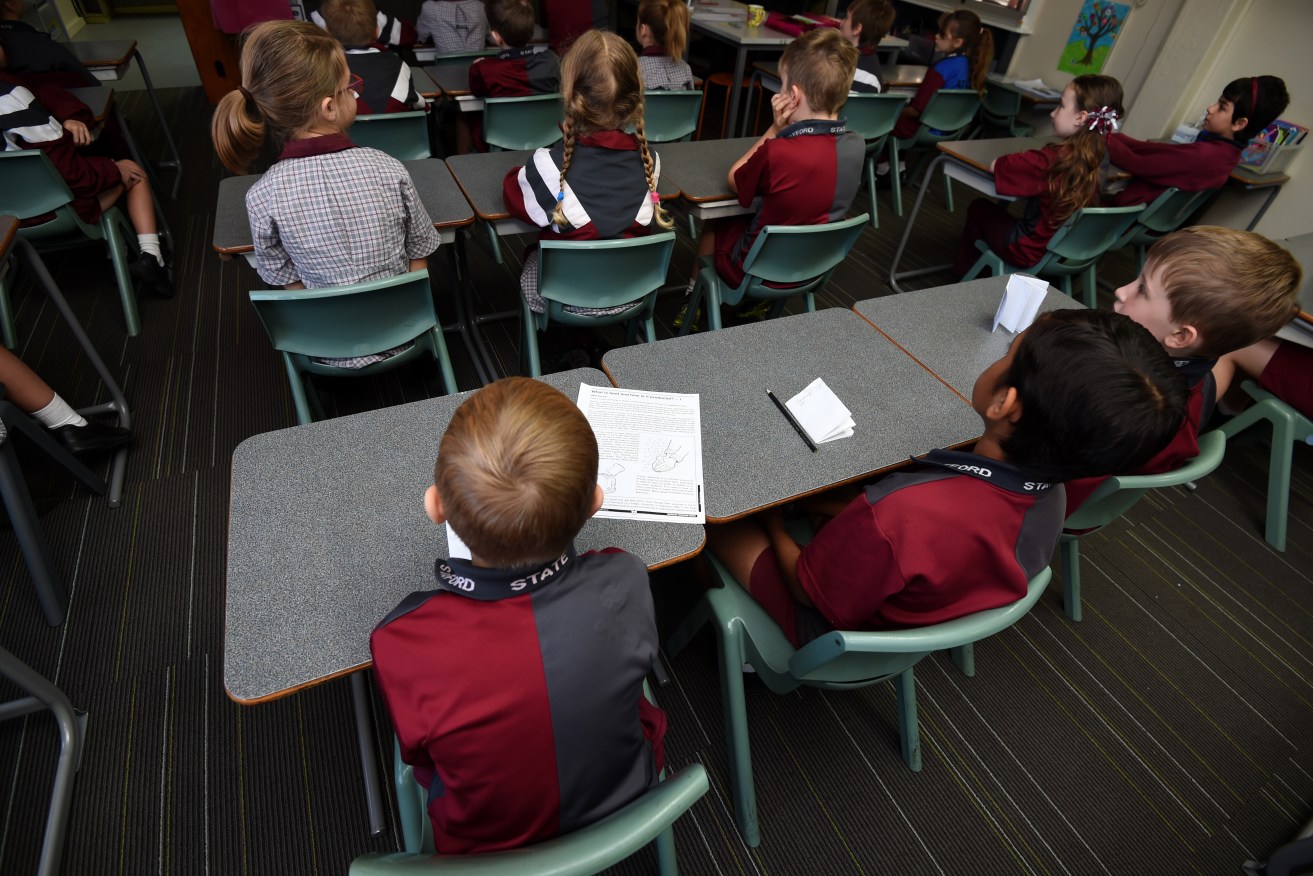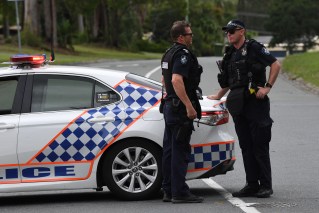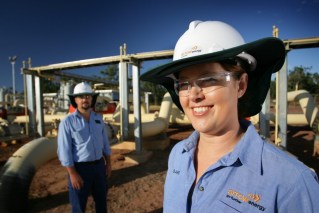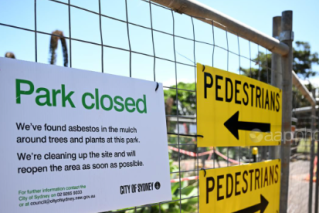Why country kids are falling so far behind their city cousins in NAPLAN testing
Students in rural Australia continue to fall drastically behind their city peers in literacy and numeracy, prompting calls for serious reform to the education system.

Latest testing shows country students are falling further behind those in city schools. (AAP Image/Dan Peled)
The NAPLAN results, released on Wednesday morning, showed fewer than 30 per cent of students in very remote schools rated as “strong” or “exceeding” in literacy and numeracy.
That compared to at least 60 per cent of students at major city schools across Years 3, 5, 7 and 9 hitting those high targets in almost all learning areas.
Nationally, one in 10 students across all grades were found to need extra support, while on average a third of all Indigenous students were in that category.
The Australian Curriculum, Assessment and Reporting Authority, which oversees NAPLAN, said the strongest results tended towards non-Indigenous students in urban areas from the highest socio-economic backgrounds.
This year’s exams were the first under a new approach to test students against four levels of skill: exceeding, strong, developing and “needs additional support”.
The authority’s chief executive David de Carvalho said with expectations set higher than in previous years, the reporting could better support schools and students.
“The results also continue to highlight the educational disparities of students from non-urban areas, Indigenous Australian heritage and those with low socio-educational backgrounds,” he said.
Education Minister Jason Clare said the results demonstrated the need for overhaul.
“There is a massive over representation in that group of children who are below the minimum standard, who are Indigenous, who live in regional Australia, whose mum and dads come from a poor background,” Mr Clare told the Australian Financial Review’s Higher Education Summit in Melbourne on Tuesday.
“If these kids who, identified early, can’t break out of that minimum standard, it tells us that our education system needs some serious reform to identify those children and then do something about it.”
The Australian Education Union said the results reflected significantly under-resourced schools in remote areas, particularly in the Northern Territory, where the number of students in need of support was as high as 85 per cent.
“We can’t close the achievement gaps without closing the resources gaps,” the union’s president Correna Haythorpe said.
NAPLAN reporting showed 65 per cent of students across Australia achieved the higher literacy and numeracy expectations of “strong” and “exceeding”, while 23 per cent of students were at the “developing” level.
Girls performed better than boys in writing, with higher percentages of “strong” and “exceeding”, while boys generally fared better than girls in numeracy.
The online tests, held in March, involved 1.3 million students, including 1050 enrolled in distance education or homeschooling, across 9414 schools.












